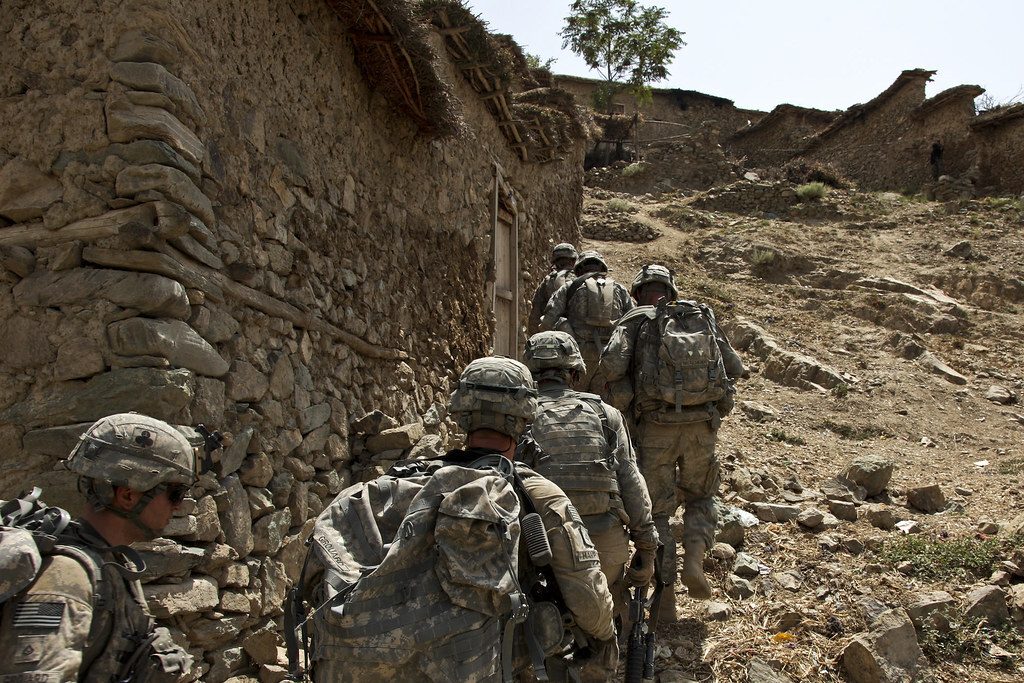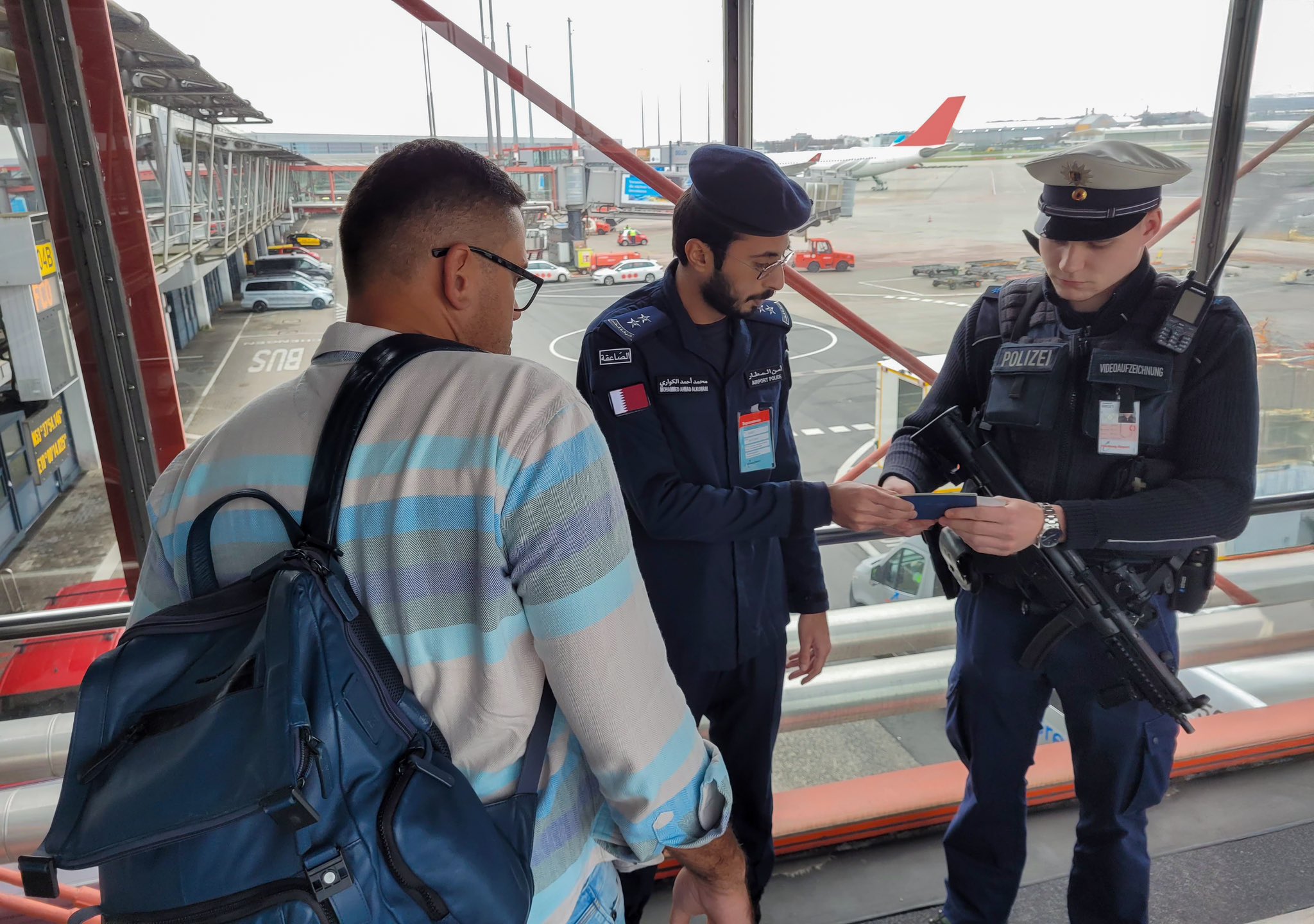The US is leaving behind 650 troops following the completion of the withdrawal of American forces by 11 September.
Taliban spokesman Suhail Shaheen said the remaining 650 US troops that will be left behind in Afghanistan following the pull out of foreign forces would constitute a violation of the Doha agreement.
“If they leave behind their forces against the Doha agreement then in that case it will be the decision of our leadership how we proceed,” Shaheen told the BBC on Sunday, speaking from the group’s office in Qatar.
“We would react and the final decision is with our leadership,” he added.
The Doha agreement was signed between the insurgent group and Washington in February 2020.
In April, US President Joe Biden announced that a complete withdrawal of all American and foreign forces will be completed by 11 September, without any conditions, instead of the initial 1 May deadline that was previously agreed.
However, recent reports citing statements by the US Central Command [CENTCOM] stated troops would be pulled out by the end of August instead, though some 650 soldiers will remain to protect the Kabul airport and the American embassy.
“We are against the foreign military forces, not diplomats, NGOs and workers and NGOs functioning and embassies functioning – that is something our people need. We will not pose any threat to them,” said Shaheen, commenting on safety concerns for foreign civilians.
The Taliban official also described the withdrawal of forces from the Bagram Airfield, which housed the largest military base in Afghanistan, a “historic moment”.
US to build military base in Qatar to support Afghan military amid troop pull out
However, Shaheen denied the group’s role in escalations across the country, insisting that the districts had fallen to them through mediation after Afghan soldiers refused to fight.
The Afghan government and the Taliban have been engaging in a peace process facilitated by Qatar since 2019, with the two warring factions holding face-to-face dialogue in the Gulf state since September last year.
With talks seeing no breakthrough since, Qatar has suggested a proposal to both factions that includes approving third-party mediation and a binding time frame to advance the stalled peace talks before the US withdrawal from Afghanistan is completed.
According to a report by Voice of America [VOA], Qatar’s special envoy for counterterrorism and mediation of conflict resolution, Mutlaq bin Majed Al Qahtani his government shared the mediation proposal last month with representatives of the Afghan government and the Taliban insurgency.
“We do not think facilitation is enough. [Afghan negotiators] need a formal mediation,” said Al Qahtani.
“The [two Afghan] parties have not yet finalised their agreement with respect to the mediation. One party needs two mediators while the other party needs one mediator,” he added.
The Qatari official also stressed that it should be an “impartial mediator that understands the cultural sensitivity of the conflict” in order to help the parties actively reach a peace settlement “in full conformity of the international law.”
“We expect the parties to come to us very, very soon about their final position. They are almost there,” said Al Qahtani.
Commenting on the stalled talks, Al Qahtani explained that obstacles that have emerged stem from disagreements over how Afghanistan should be governed.
“Any kind of system you want to call it, any kind of name you want to put forward, I think it’s up to them. What’s more important is about the power, it’s about the system, it is about the future government,” he said.
The Pentagon confirmed on Friday that it will establish an American command centre in Qatar to support Afghan security forces amid the US troop withdrawal, which will manage Washington’s financial support for the Afghan military, its air force and police.
Army Brigadier General Curtis Buzzard will be leading the new Qatar defence security cooperation management office. Qatar has yet to publicly comment on the matter.
Follow Doha News on Twitter, Instagram, Facebook and Youtube







